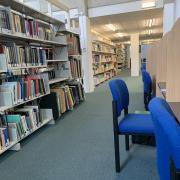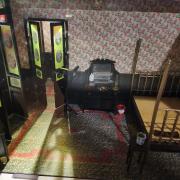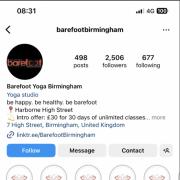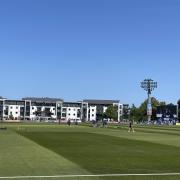
It was a pleasure interviewing Dr. Khan, who works in Beckenham, an affluent area with both private and NHS dental practices, concerning dental services during lockdown. We discussed what dental services were available during lockdown, what impact this had on patient’s dental health and what protocols were needed to resume dental services.
SK: What dental services were available during lockdown?
DrK: Unfortunately, all dental practices were closed for face to face treatment and could only give advice over the phone, only dental emergency services were available for face to face treatment in urgent dental care hubs (UDCs) and hospitals. The local and surrounding areas were served by a limited number of hubs, which were not sufficient to provide all the care needed in the area, some of which were at an inaccessible distance for some patients.
SK: Were you happy dental services that were available to the public during lockdown?
DrK: No, I believe dental practices should have remained open with the right protocol, in order to provide a broader range of service. Unfortunately, the Urgent Care Hubs were only providing limited treatments which mainly resulted in tooth extractions. I feel many teeth could have otherwise been saved, Additionally, temporary fillings would have been provided if necessary, as well as antibiotics and analgesics.
SK: What protocols were needed to resume dental services and how was it adjusting to these new rules?
DrK: A number of protocols were necessary in order to mitigate risks. Standard Operating Procedures (SOPs) were followed, which varied around the UK. These include the correct personal protective equipment (PPE). This was extremely difficult to source initially because of the high demand. Risk assessments were carried out; room ventilation had to be addressed, particularly in relation to using aerosols, and many practices have as a result had to introduce filtration systems. The capacity to treat patients has been greatly reduced to allow for cleaning procedures etc. As a result patients are waiting longer for treatments and many may not be able to register with a local dentist.



























